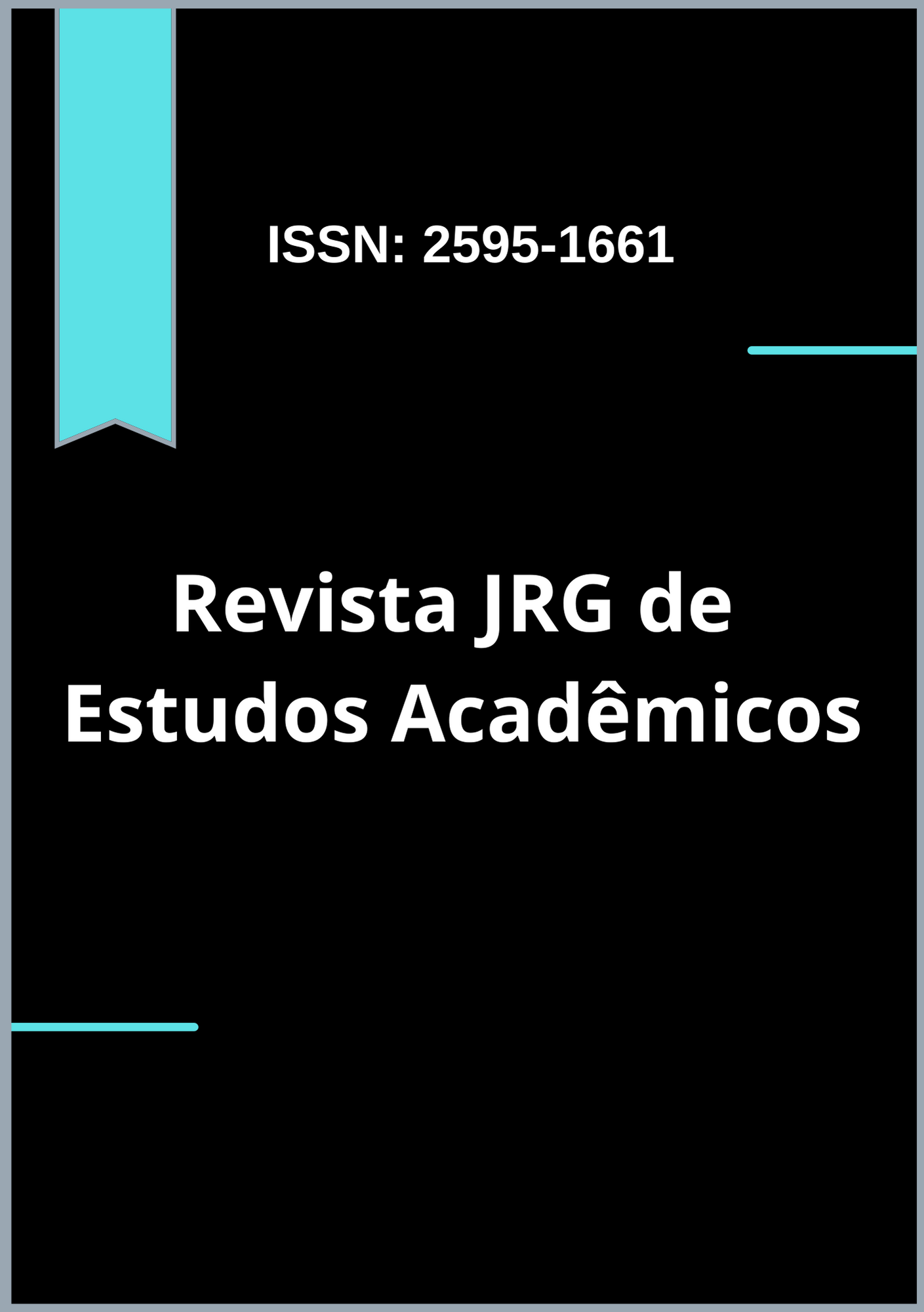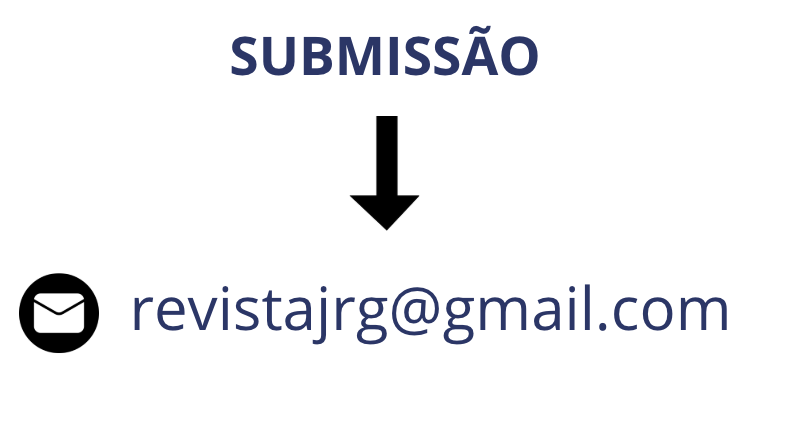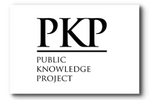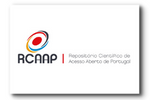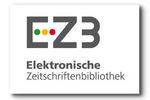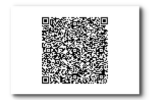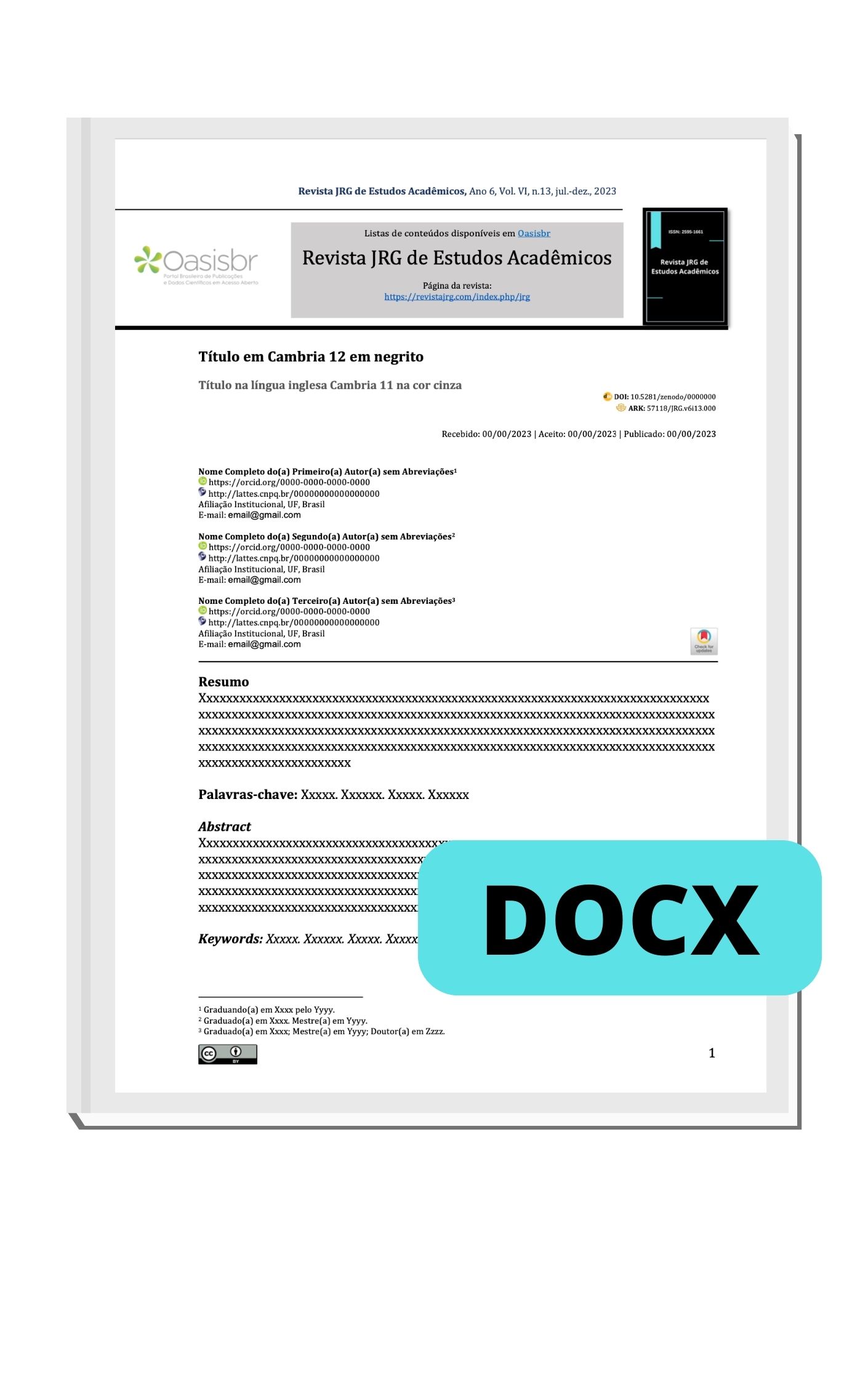Trends in the Innovation of Grounding Systems for Data Centers and Their Impact on ICT Security
DOI:
https://doi.org/10.55892/jrg.v8i19.2499Keywords:
Smart Earthing, Data centers, ICT security, Intelligent grounding systemsAbstract
This study analyzes current trends in the innovation of grounding systems for data centers and their impact on information and communication technology (ICT) security. Through a qualitative and descriptive methodology, the research examines advanced solutions such as Smart Earthing, characterized by the integration of IoT sensors, continuous digital monitoring, automated alerts, and compliance with international standards (IEC 60364-1, TIA-607-B, IEEE-142). Findings reveal a significant shift from passive to predictive systems capable of real-time anomaly detection, reducing electrical faults, electromagnetic interference, and operational risks. In the Ecuadorian context, a critical gap is identified between technical standards and actual implementation practices, particularly in public institutions and critical infrastructure. The study underscores the importance of adopting intelligent grounding technologies to ensure service continuity and safeguard digital infrastructure. The results also establish a theoretical link between technological innovation and organizational resilience, laying the groundwork for future quantitative research focused on technical and economic indicators such as energy efficiency, grounding impedance, and return on investment. This contribution offers relevant insights for decision-makers seeking to improve the safety, reliability, and regulatory alignment of electrical protection systems in mission-critical environments.
Downloads
References
Airedale. (2023). Data center trends: Challenges and innovations. https://www.airedale.com
Alqahtani, M., Alam, M., & Pathak, R. (2023). Advanced grounding systems for mission-critical infrastructures. IEEE Transactions on Industry Applications, 59(2), 1250–1259. https://doi.org/10.1109/TIA.2023.3244567
Ameri, M., Ghanbari, A., & Razzaghian, M. (2024). Influence of nano-structured electrodes in grounding systems under transient conditions. Engineering Reports, 6(2), e12745. https://doi.org/10.1002/eng2.12745
AT3W. (2023). Intelligent grounding systems for data centers. https://www.at3w.com
Barrios, L., & Gómez, F. (2022). Seguridad operativa en infraestructuras de TIC. Revista Ingeniería y Tecnología, 17(3), 45–58.
Bowen, G. A. (2021). Document analysis as a qualitative research method. Qualitative Research Journal, 21(3), 309–319. https://doi.org/10.1108/QRJ-03-2020-0031
Castleberry, A., & Nolen, A. (2021). Thematic analysis in qualitative research. American Journal of Pharmaceutical Education, 85(10), 867–872. https://doi.org/10.5688/ajpe8672
CEDIA. (2023). Informe sobre continuidad de infraestructura TIC en Ecuador. www.cedia.edu.ec
DEHNrecord. (2025). Smart earthing and lightning protection for digital infrastructures. https://www.dehn-international.com
GreyMatters Global. (2022). Electrical earthing protection for data centres. https://greymattersglobal.com
INEN. (2022). Norma técnica ecuatoriana NTE INEN 2205: Requisitos de puesta a tierra. Instituto Ecuatoriano de Normalización.
IEC. (2020). IEC 60364-1: Low-voltage electrical installations – Fundamental principles. International Electrotechnical Commission.
JLL. (2025). Global Data Center Outlook 2025. https://www.jll.com
Latour, B. (2005). Reassembling the social: An introduction to actor-network-theory. Oxford University Press.
Lengnick-Hall, C. A., Beck, T. E., & Lengnick-Hall, M. L. (2011). Developing a capacity for organizational resilience through strategic human resource management. Human Resource Management Review, 21(3), 243–255.
Morales, R., & López, D. (2021). Diagnóstico de las prácticas de puesta a tierra en entornos institucionales. Revista de Energía y Redes, 11(1), 33–47.
Ryan, G. W., & Bernard, H. R. (2022). Techniques to identify themes in qualitative data. Field Methods, 34(2), 111–128.
Sandelowski, M. (2020). Whatever happened to qualitative description? Research in Nursing & Health, 43(2), 121–125. https://doi.org/10.1002/nur.22050
Shah, K., & Nandgaonkar, M. (2023). Performance evaluation of advanced earthing systems for ICT infrastructure. International Journal of Electrical Engineering & Technology, 14(4), 101–111.
Stake, R. E. (2022). Qualitative research: Studying how things work (2nd ed.). Guilford Press.
Thomas, A., Chandrakaran, S., & Sankar, P. (2022). Performance of nanomaterial-based earthing systems in high-resistivity soils. Journal of Electrostatics, 118, 103822. https://doi.org/10.1016/j.elstat.2022.103822
Wang, D., Hu, X., & Liu, Z. (2024). Grounding systems for sustainable data centers. The Innovation in Energy, 5(1), 100014. https://doi.org/10.59717/j.xinn-energy.2024.100014
WEA Technologies. (2023). Smart Earthing Monitoring Systems. www.wea-th.com
Xiong, Z., & Fan, L. (2024). Thermal and conductive improvement of grounding electrodes using hybrid nanocomposites. Materials Today Communications, 38, 107381. https://doi.org/10.1016/j.mtcomm.2023.107381
Yin, R. K. (2023). Case study research and applications: Design and methods (6th ed.). SAGE Publications.
